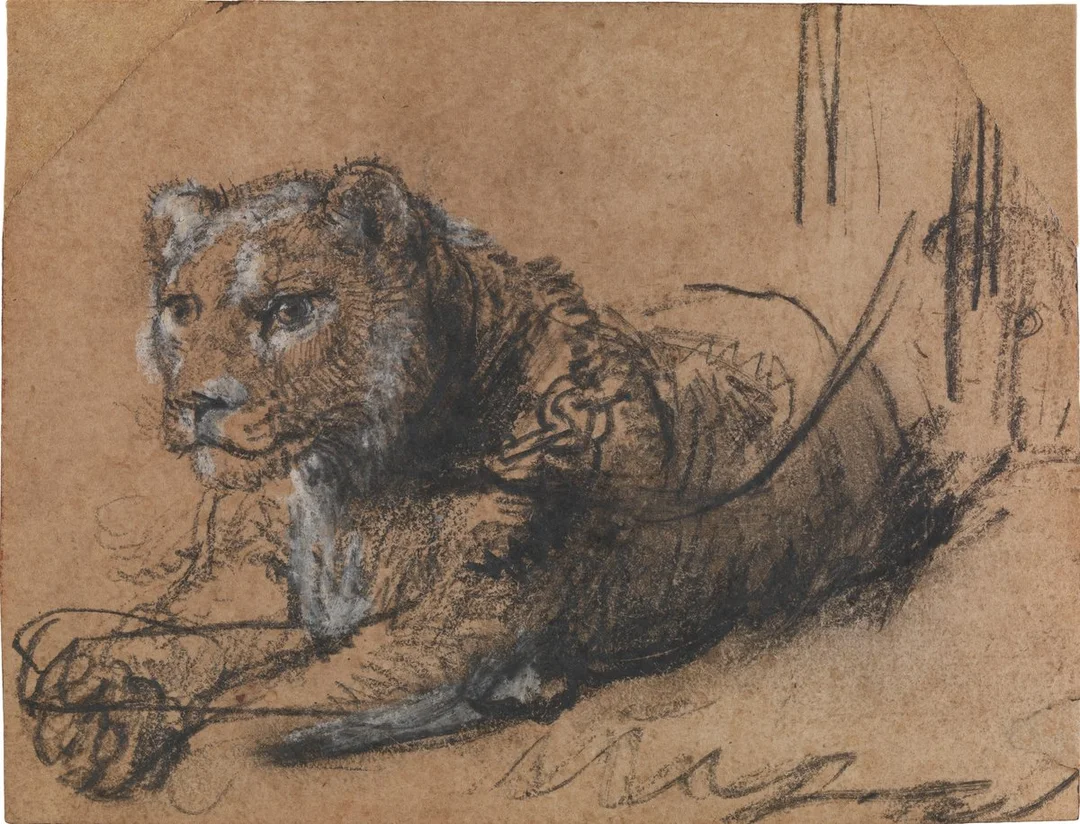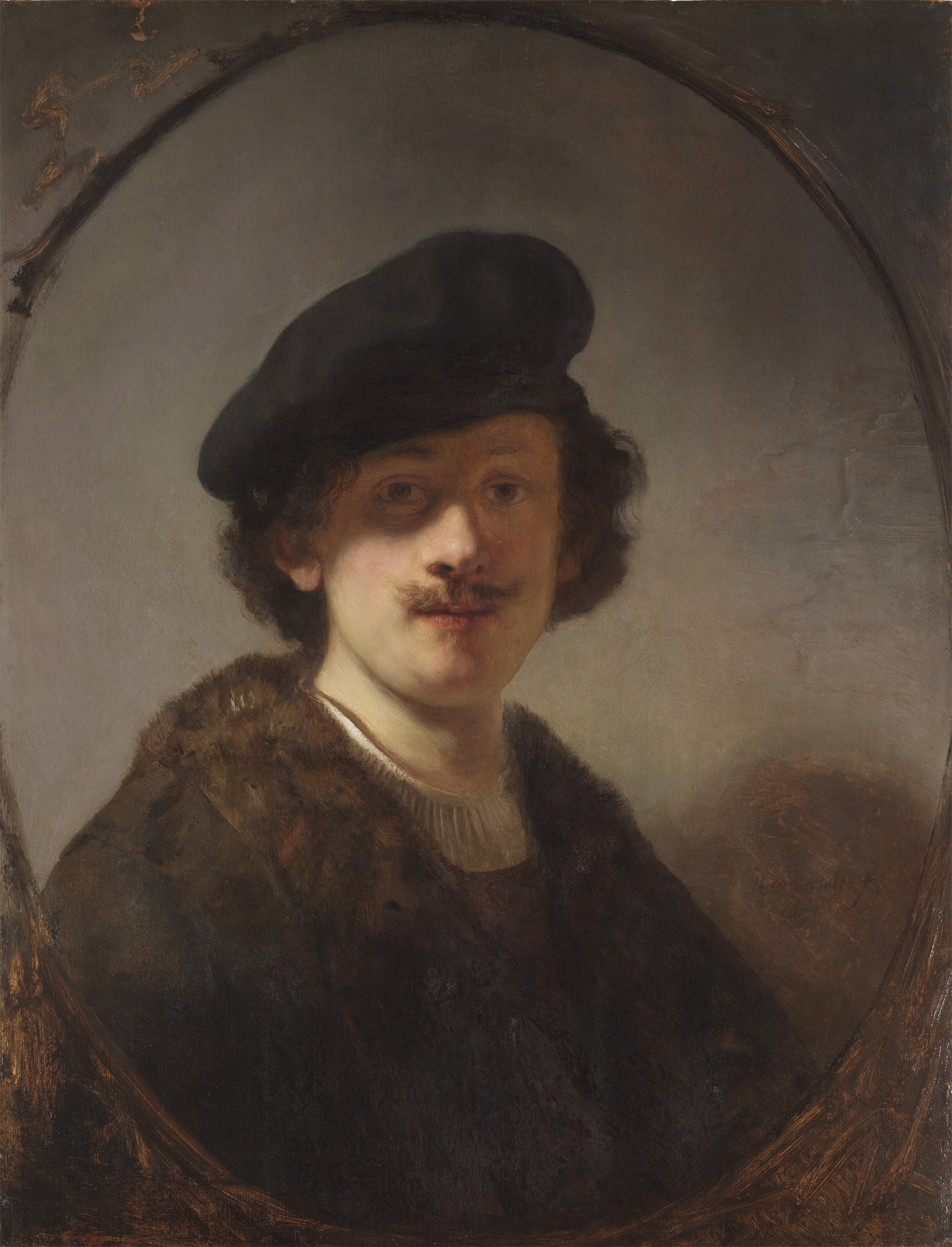
A Lion, A Masterpiece, And A Mission: Rembrandt’s Drawing Goes On Sale To Save Big Cats
A masterpiece linking the wild majesty of animals to the timeless beauty of art is making headlines this year. Billionaire collector Thomas Kaplan is set to auction Rembrandt’s evocative drawing, Young Lion Resting, with the bold aim of raising funds for the conservation of big cats—a cause that, for him, even eclipses his passion for great art.

Currently on view at Amsterdam’s H’ART Museum in the much-lauded exhibition From Rembrandt to Vermeer: Masterpieces from The Leiden Collection, the lion drawing is more than a rare artwork. As Kaplan notes, “Wildlife conservation is the one passion I have which surpasses Rembrandt—and I want to attract more people to that cause.”
The historical resonance of this work is striking. Rembrandt, then in his thirties, drew the regal lion, likely live at a fair or menagerie, documenting an animal that European viewers of the 1600s could only glimpse through exotic imports from North Africa. Details like the animal’s leash hint at an era when wild creatures inspired awe and curiosity. As Kaplan remarks, Rembrandt “gives a greater interior life to a cat than most artists can to a human.”
The potential auction price is staggering; a sum in the “multiples of tens” of millions is predicted, channeled entirely to charity. This move could set new records for works on paper, rivaling Raphael’s Head of a Young Apostle ($48 million at Sotheby’s in 2012), yet with a purpose far beyond the art market.
Kaplan is more than a collector—he’s a founder of Panthera, an organization devoted to the preservation of the world’s seven big cats: cheetahs, jaguars, leopards, lions, pumas, snow leopards, and tigers. Fresh from his recent journey tracking wild lions and snow leopards in India, his commitment is as deep as his collection is prestigious.

Within Kaplan’s private collection—home to nearly half of all Rembrandts in private hands—standouts like Self-Portrait with Shaded Eyes and Vermeer’s Young Woman Seated at a Virginal shine alongside dozens of Dutch Golden Age masterpieces. But this year, the lion’s gaze carries special weight; soon, its sale may help protect its living cousins in the wild.
Does this sale signal a new era, where passion for the wild and love for art merge for lasting impact? Will other collectors follow suit in redirecting art world fortunes to conservation? Share your thoughts below and join the conversation about art, wildlife, and bold philanthropy.